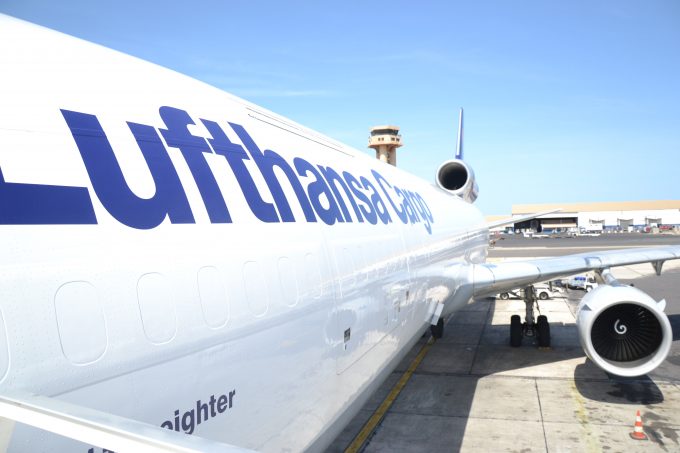Air cargo forwarders stick to spot rates – a long-term contract would be 'foolish'
Air cargo forwarders are sticking to using spot market rates, because “anything can come out ...

Lufthansa Cargo is betting on capacity and technology to cement its position as an air cargo leader – but it must adopt a mindset change.
The carrier believes more pricing transparency and better?connected technology for its customers will be essential to its success.
“The next step for us is opening ...

Comment on this article